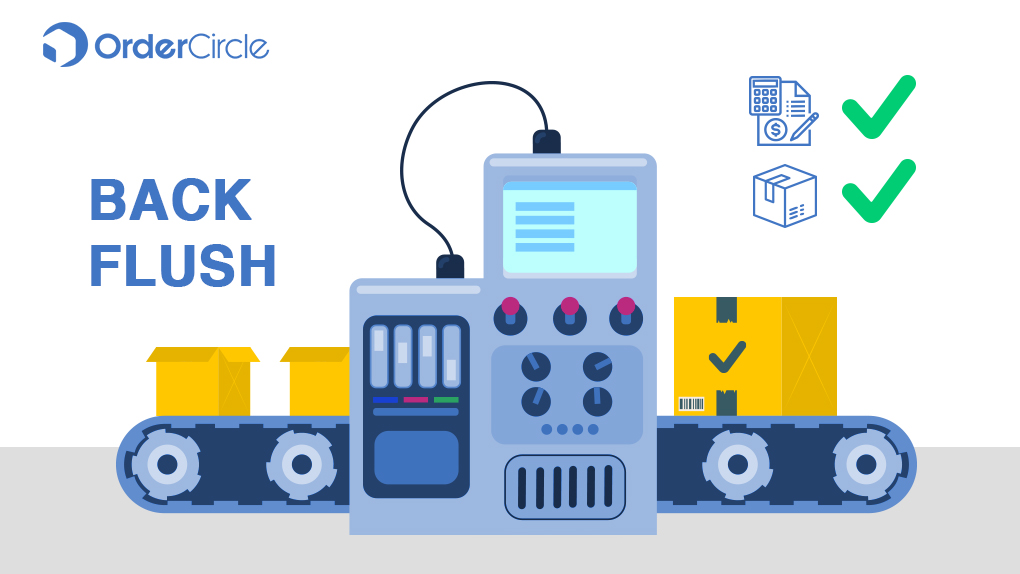Backflush
Hasan Nasir

What is backflush?
Backflush is an accounting system for product costing. Under this system, a company records costs only after production is complete. At the end of the production process, the company assigns costs to the produced goods. It does this in a single entry. This system is contrary to the standard approach, where the company records costs during production.
How is backflush accounting done?
In backflush accounting, the company records production costs at the end of the production process. This system helps in saving time and resources. For doing this accounting, the companies compute the costs using a backward calculation. After final production, companies assume a standard cost of production per unit. This cost is multiplied by the number of units produced. Thus, the total cost of production is recorded.
Backflush accounting is an automated accounting system. Companies use computerized software for the same.
When is backflush accounting suitable?
- Companies that keep low inventory and have faster sales. In other words, companies that adopt just-in-timeinventory management use backflush. This is because faster sales mean faster production. Hence backflush becomes suitable in this scenario.
On the other hand, companies that keep high inventory and have slower sales do not adopt this method. Instead, they record costs whenever they incur them. This is because their goods may take longer to sell. As a result, they will also delay the recording of costs if they use backflush.
- Companies that produce standardized goods use backflush. This is because it is easier to calculate the standard cost of production. When companies produce customized goods, backflush is not very useful. This is because each product will have its unique costs.
Difference between a standard production accounting and backflush accounting:
Standard production accounting:
- For production order, an operator enters the basic information. This includes details like production quantity and date of delivery. The operator then creates a list of materials required for the production process. Based on this list, the operator issues the materials and records the costs. Thus, it is a pre-production costing process.
Backflush accounting:
- Backflush is a post-production costing process. Here, the operator does not issue materials until production. Once the production is complete, the operator enters the information into the system. Based on this, he draws a list of materials used for production. The operator then allocates these materials to production in a single transaction. Standard cost per unit of material is used for total costing.
Let us understand this with the help of an illustration:
Luke’s Burgers is in the business of making burgers. Ingredients include two types of bread, vegetables, cheese, mayonnaise, and chipotle. This company receives an order of 100 burgers from a customer. Which costing approach should it adopt?
Suppose it adopts the standard approach. Here, it will have to calculate the exact amount of ingredients required to make one burger. After this, it will have to issue the materials to produce 100 burgers. Here, it would be difficult to calculate the exact amounts of sauces needed.
Hence, in this situation, it would be easier to adopt the backflush costing. For this, the company will issue a certain quantity of all the ingredients for production. It expects this quantity to be enough to make the burgers. After fulfilment of the order, the company calculates the total material used. Subsequently, the company can decide a standard cost of production per burger. This will help in the calculation of the total cost of production.
